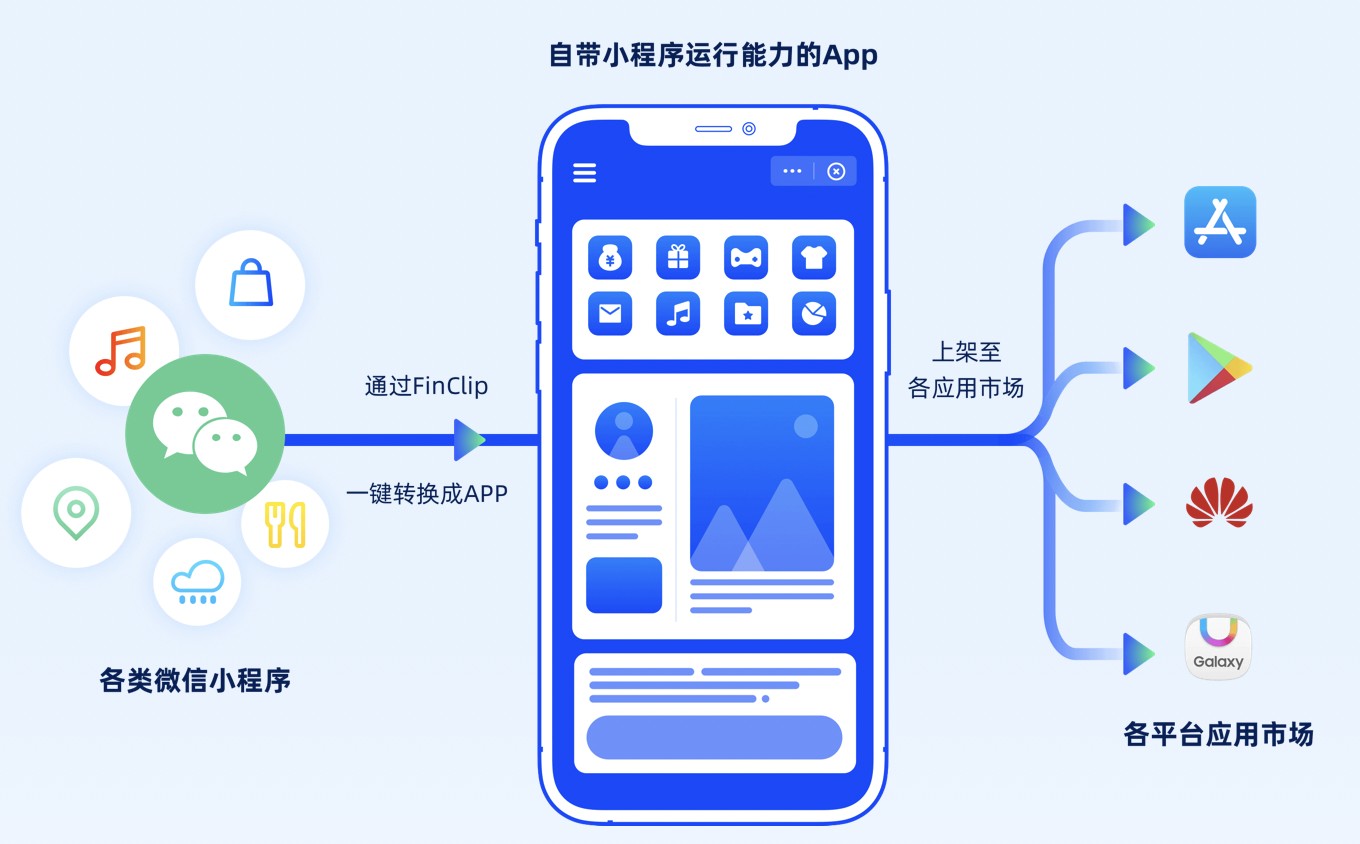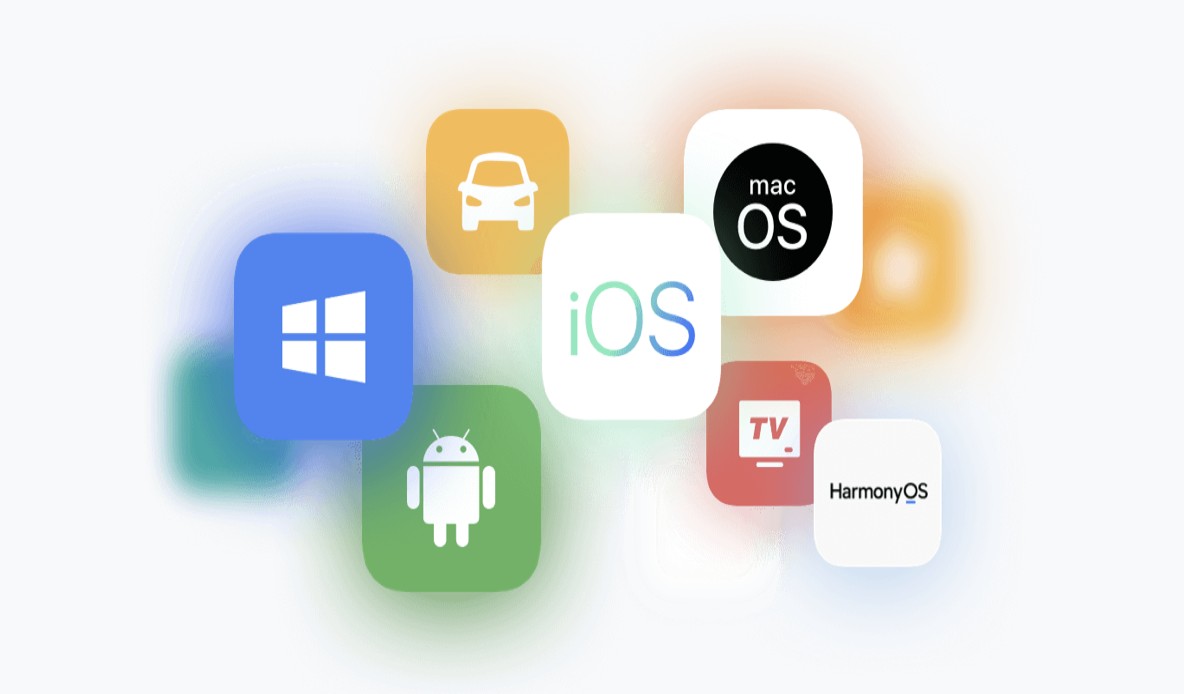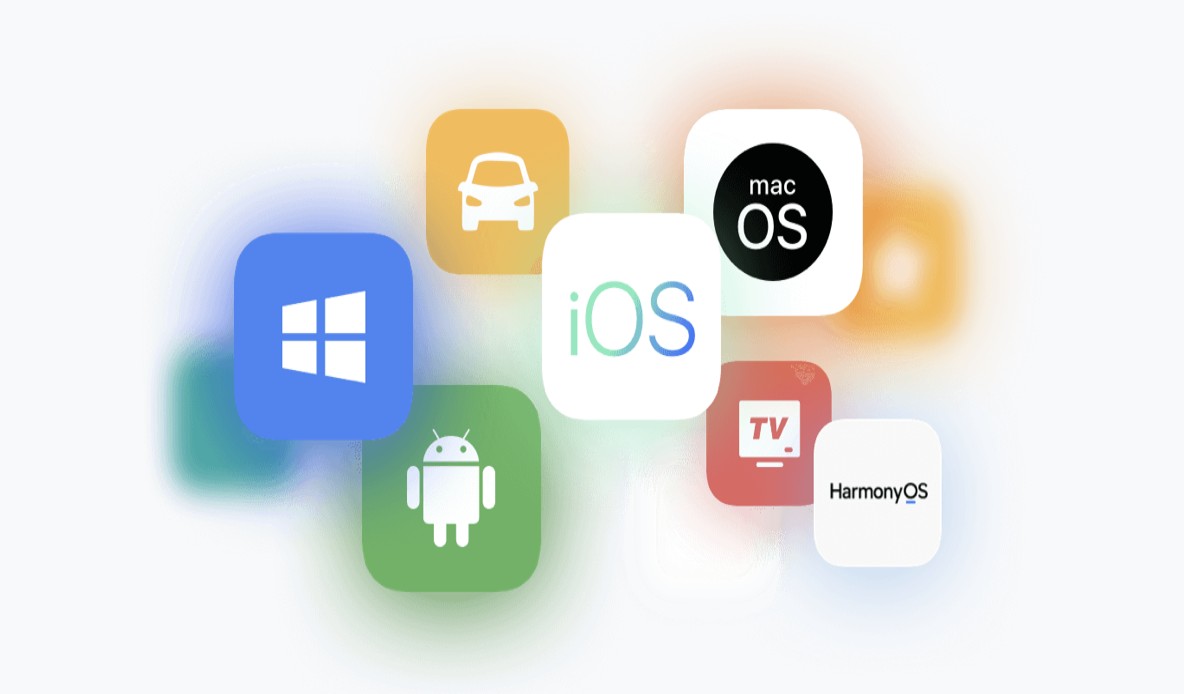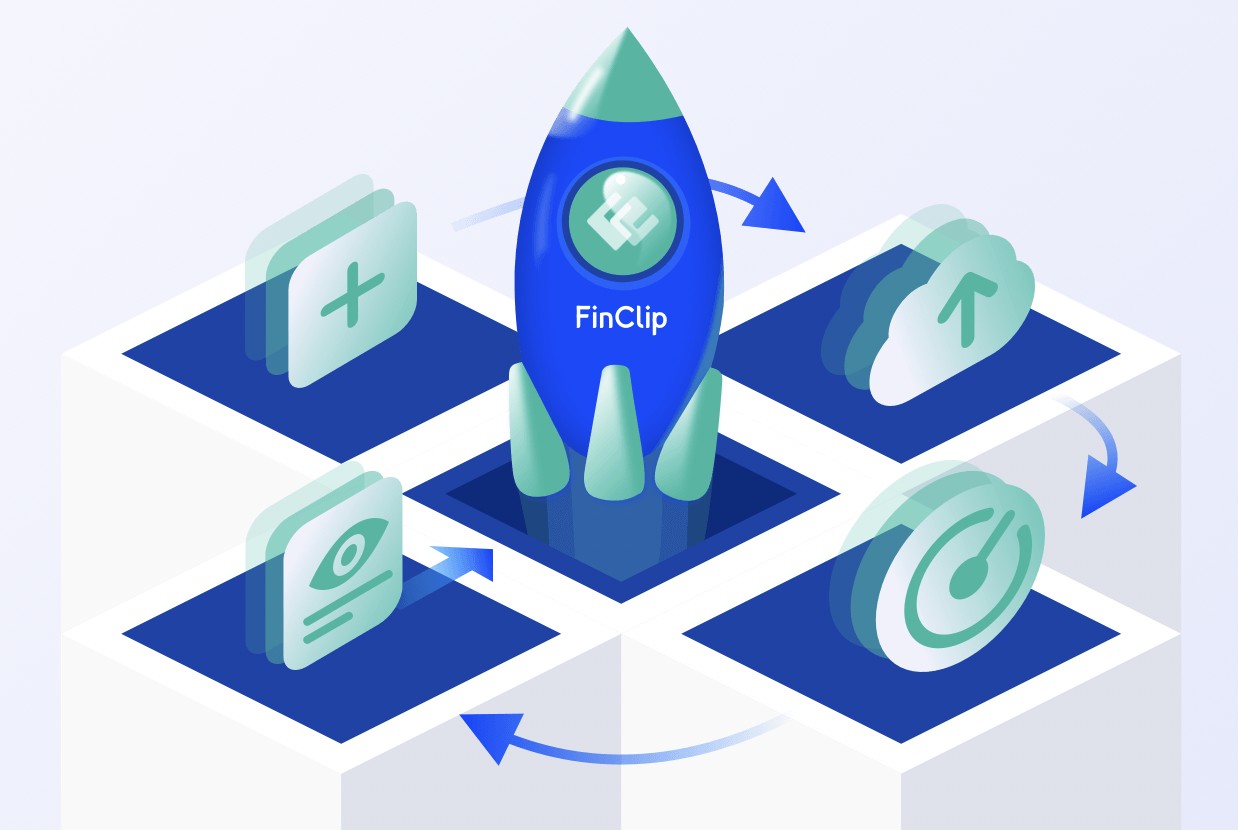
choo:一个围绕web音频api封装的框架
choo:一个围绕web音频api封装的框架

Opinionated abstraction around web audio api for choo framework
Usage
var choo = require('choo')var html = require('choo/html')var app = choo()app.use(require('choo-audio')())app.route('/', mainView)app.mount('body')function mainView (state, emit) { return html` `}function sounds (state, emitter, app) { emitter.emit('audio:load', 'some/sound.wav') emitter.on('audio:load-complete', function () { emitter.emit('audio:play') })}
How it works?
The whole plugin is based on the web-audio-graph module. It basically dynamically build a graph representing different sources to be played by the user. To start, a track is defined as a simple graph with two nodes.
bufferSource > filter > gain > contextDestination
there are some ways to manipulate this graph, more on that later. This basic, opinionated graph is built when you call the load event. If you add other source it is another branch of the graph connected to the same destination. So, for instance, if you call load again you will have something like
bufferSource > filter > gain >---+ | contextDestination |bufferSource > filter > gain >---+
Keep in mind that buffer sources are internally stored into an array, and there is always a current track. If you add nodes, they will be added to the current track. If you add a user input source, it will not be stored in the same playlist, so it will never be the current track, and will be always playing, unless you manually disconnect it.
Events
audio:load
Emit this to load an audio source. You can pass an url (string) or directly pass the [AudioBuffer][AudioBuffer] instance.
audio:load-complete
This event will be fired after a load event, when your buffer is complete loaded.
audio:get-user-input
Emit this to ask for user input. When granted, a user-input event will be fired.
audio:user-input
Fired when the user accepted to grant audio input. When this happened, the audio input will be connected to the context destination, and the mediaStream node from the audio graph, will be availaible in the app state through state.audio.userInput
audio:play
Emit this to play the current audio track. If already playing it will not do anything. Also notice that if the current track were paused, it will restart from the minute it were paused. Can optionally get an integer index param, used to play a different track from the current one.
audio:play-all
Emit this to play all the tracks loaded.
audio:remove
Emit this to remove a track from the playlist.
audio:remove-all
Clear the whole playlist.
audio:start-recording
Start recording with a MediaRecorder object.
audio:record-complete
Fired after a stop-recording event. Get a blob with the stream recorded as the only param.
audio:stop-recording
Stop a recording started with start-recording event. Also will trigger a record-complete event.
audio:pause
Pause the current track, if the play event is trggered after, it will start playing from where it got paused.
audio:next
Set the curretnTrack as the next availaible one. If it was the last, set it to the first track on list. If the current track was playing, it will stop it, set the next one as the current track, and play it.
audio:prev
Set the curretnTrack as the previous availaible one. If it was the first, set it to the last track on list. If the current track was playing, it will stop it, set the previous one as the current track, and play it.
audio:stop
Stop the current track being played and reset the list to the first track.
audio:set
Set properties for the current track, take a single object parameter with the properties to set. Posible options to set are:
volume: Float. Set the value fo the GainNode.repeat: Boolean. Repeat the source whene finished playing.loop: Same as repeat.frequency: Float. Set the frequency value in the [BiquadFilter][BiquadFilter].detune: Float. Set the detune value in the [BiquadFilter][BiquadFilter].Q: Float. Set the frequency value in the [BiquadFilter][BiquadFilter].
audio:add-node
Add an audio node to the graph. This will be added directly to the buffer source of the current track, and then connected to the audio context destination. You must pass the type (string) and optionally the config for that node. For more info about types and configurations, see web-audio-graph documentation.
audio:add-signal
Add an oscillator source node and connect it to the context destination. You should pass three arguments id an unique identifier, frequency the frequency of the signal defaults to 440, and type the type of the oscillator, defaults to 'sine' for a sine wave. This oscillators are stored in a Map and availaible through state.audio.signals
audio:play-signal
Play an audio signal by its id.
audio:stop-signal
Stop an audio signal by its id.
API
var store = audio()
When included in your app, your state will be populated with an audio object with the following properties:
graph: The web-audio-graph object that manage all the nodes.tracklist: An array with all the buffer source nodes of every track loaded.index: The index of the curren track in the tracklist.userInput: The streamSource input node populated after a get-user-input event.signals: A Map with the signals defined with add-signal event.
License
MIT
版权声明:本文内容由网络用户投稿,版权归原作者所有,本站不拥有其著作权,亦不承担相应法律责任。如果您发现本站中有涉嫌抄袭或描述失实的内容,请联系我们jiasou666@gmail.com 处理,核实后本网站将在24小时内删除侵权内容。
发表评论





暂时没有评论,来抢沙发吧~